June 22, 2023
In celebration of the centennial of the Frick Art Reference Library, peek into the past one hundred years of the library’s remarkable history through important places, people, and objects from the collections. The objects featured are included in the commemorative publication One Hundred Objects in the Frick Art Reference Library and are available for consultation in our reading room.
In this entry, we examine the innovative use of technology throughout the Frick Art Reference Library’s history by highlighting three examples: the telautograph, early art photography trips and a recent map charting the expeditions, and web archiving efforts.
Since its founding, the Frick Art Reference Library has sought out and embraced the use of new technologies. This philosophy is designed to best support researchers with the latest scholarly tools, to preserve ephemeral materials for future study, and to explore novel means of examining our unique research collections and making them more accessible in the digital age. The commitment to remaining on the technological cutting edge throughout the library’s history has made it a leader in these initiatives among art research libraries around the world.
Telautograph
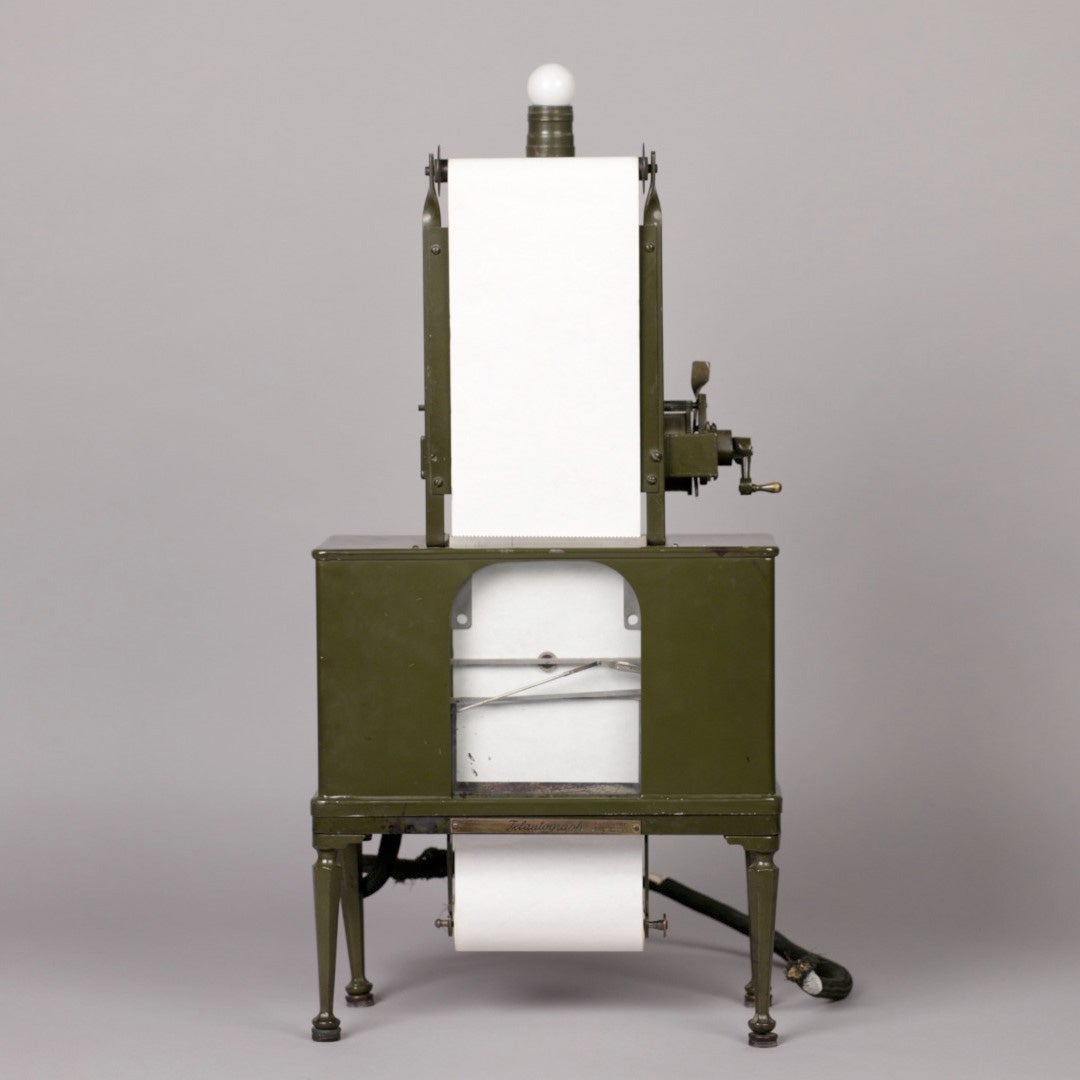
When the Frick Art Reference Library building was created in 1934–35, it was nine stories tall and contained offices, multiple floors of stacks to house the book and photo collections, as well as two reading rooms. In overseeing the founding of the library, Helen Clay Frick was tasked with finding a creative solution to move materials through the building efficiently in order to fulfill research requests from patrons. Her solution was to implement the use of a new technology by installing telautograph equipment (above) as well as dumbwaiters on multiple floors next to telautograph receiving stations (below).
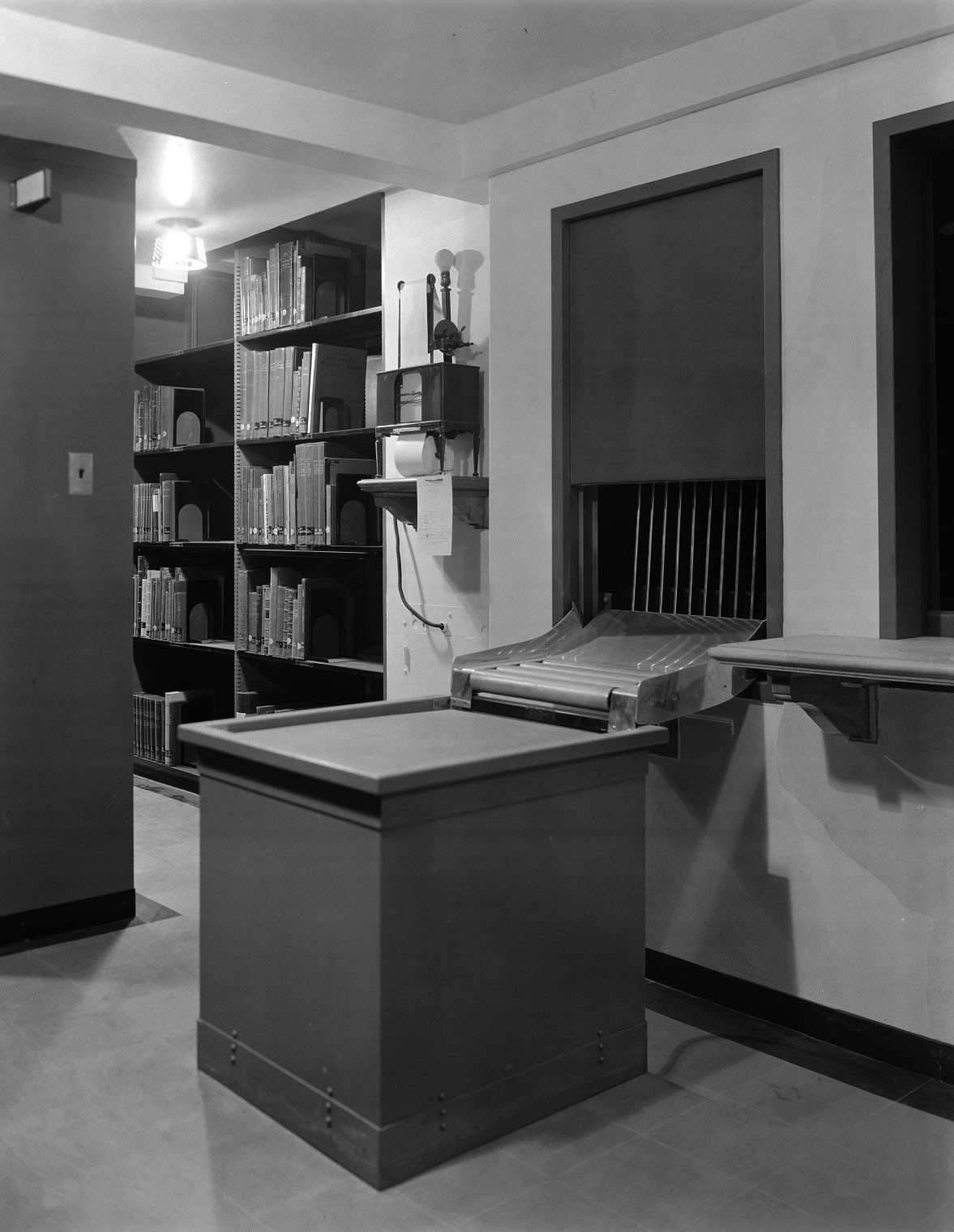
The telautograph machine was invented by the electrical engineer Elisha Gray in 1888. The library’s system transmitted handwritten notes to receiving stations on other floors of the building, where the message was copied by electrical impulse with a pen (much like an analog fax machine). Library staff would then page the requested materials communicated through the telautograph and send the items down to the reading rooms via the system of dumbwaiters. Both features were novelties in a 1930s research library and greatly improved the speed at which researchers could access the items they requested. The telautograph and dumbwaiter system remained in use at the library for nearly thirty years.
Learn more about the telautograph in a recent video.
Mapping the Library’s Photography Trips
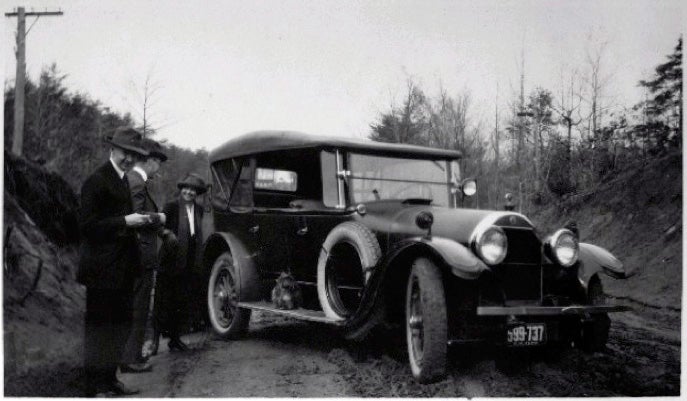
One type of material that researchers used at the library was photos from its founding collection, the Photoarchive. This resource contains more than one million reproductions of works of art created in the Western tradition from the fourth through the twentieth centuries. At the time of the library’s opening, the revolutionary technology of photography opened up brand-new worlds for scholars, who previously could only view works of art by traveling to museums, collections, and private homes across the country and globe.
Between 1922 and 1967, Helen Clay Frick organized dozens of library-sponsored field trips to record significant and rarely reproduced works in North American collections, sending staff around the country to photograph paintings and drawings from small private collections (above). These early innovative trips led to the collection of more than 35,000 original negatives documenting artworks that would otherwise be inaccessible to the public (and, in some cases, works that have since been lost or destroyed).
In 2014, the library debuted a new research tool that features an interactive map of the twentieth-century Photoarchive expeditions. The interactive photographic campaign map was developed by the library in collaboration with the Center for Advanced Research of Spatial Information at Hunter College, utilizing Geographic Information Systems (GIS) technologies to document and make further accessible the library’s groundbreaking photographic campaigns. The zoomable map allows users to easily view the U.S. locations where photos were taken by library staff during the expeditions, as well as displaying thumbnails of the works of art and linking to supplementary digital images and art historical information via the library’s online catalog. Additional photo trips continue to be researched and added to the interactive campaign map each year.
Web Archiving
More recent advances in technology at the library include the launch of a web archiving program(link is external) in January 2014 by the New York Art Resources Consortium (NYARC)(link is external), of which the Frick Art Reference Library is a founding member, along with the libraries of the Museum of Modern Art and the Brooklyn Museum. Web archiving(link is external) is the process of collecting portions of the web and preserving them in an archival format (called a WARC or WebArchive file). Users can then access, view, and navigate the archived websites as they originally existed online at a specific point in time.
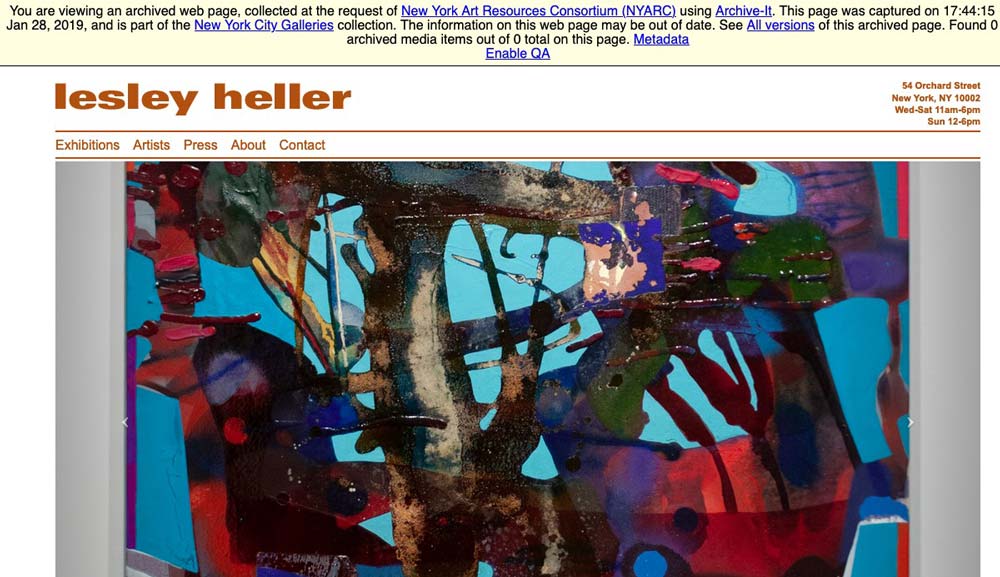
The NYARC libraries, having identified the need for preserving web-based art resources for future scholarship, were among the very first art libraries(link is external) to embrace web archiving as a collecting practice and to embark on a joint initiative in this emerging area of technology.
Currently, the web archive collections of NYARC(link is external) contain over ten terabytes of archival website captures of relevance to art and art historical scholarship, all of which are freely available to the public. NYARC’s growing web archives span the categories and topics of artists’ websites, art resources, auction house websites, born-digital catalogues raisonnés, New York City galleries, restitution of lost and looted art, and the institutional websites for the Brooklyn Museum, the Museum of Modern Art, and The Frick Collection. Notably, the NYARC web archive collections contain many fully accessible archived websites of significant galleries or arts organizations that have shuttered in recent years, without which we would have no other record of their online presence.
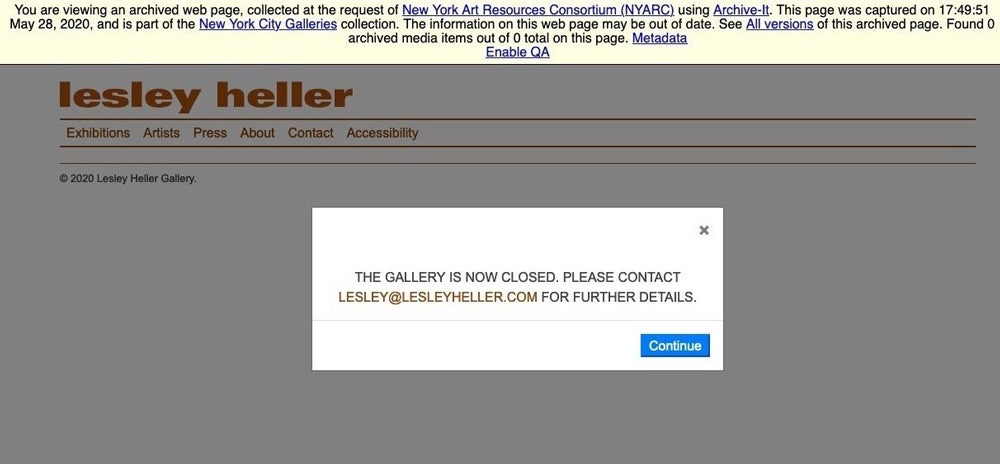
In the Frick Art Reference Library’s first hundred years, technology has played a central role, and it remains a vital part of our mission in the present day. The library staff continues to determine means of embracing new technology to promote greater use of and access to our research collections—including partnerships to expand web archiving through the Collaborative ART Archive (CARTA)(link is external), continual additions to the Frick Digital Collections, and participation in The International Consortium of Photo Archives (PHAROS)(link is external).
From physical tools like the telautograph to online archives that can be accessed from anywhere around the world, technological innovations allow the library to fulfill its basic goals—enhancing and sharing its important resources—in countless and ever-changing ways.
Learn more about the history and offerings of the Frick Art Reference Library at frick.org/library. Discover all one hundred objects in One Hundred Objects in the Frick Art Reference Library. To explore more content celebrating the library’s centennial, watch our video series(link is external) on YouTube, subscribe to our e-news, and follow us on Instagram(link is external), Twitter(link is external), and Facebook(link is external).
One Hundred Years at the Library is supported in part by Virginia and Randall Barbato.